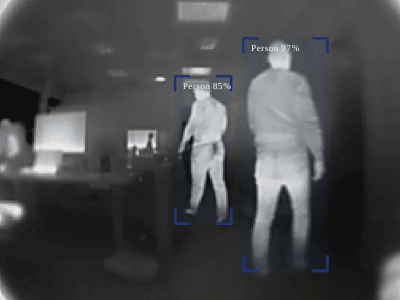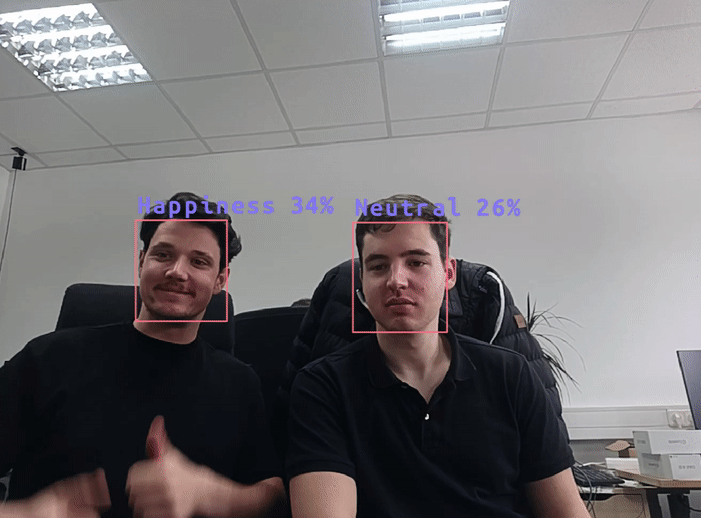OAK Examples
Overview
Generic Example
Python
1python3 main.py --model luxonis/yolov6-nano:r2-coco-512x288Custom Examples
- Classification: Assigns labels, such as identifying objects in images (e.g., cat vs. dog);
- Object Detection: Identifies and locates multiple objects within an image;
- Face Detection: Analyzes face features, expressions, and behaviors;
- 3D Detection: Extends object detection into 3D space, estimating the object position, size, and orientation;
- Keypoint Detection: Detects specific points of interest within an object (e.g. face landmarks);
- Pose Estimation: Analyzes human or animal bodies, predicting joint positions and posture;
- Segmentation: Labels each pixel according to its category (e.g., objects vs. background);
- Object Tracking: Tracks movement of individual objects across a sequence of images in the same scene;
- Counting: Counts the number of objects within an image (e.g., people in a crowd);
- Optical Character Recognition: Extracts text from images, converting it into machine-readable text;
- Reidentification: Matches and recognizes individual objects across images of different scenes;
- Depth Estimation: Predicts the distance of objects from the camera, creating a depth map of a scene;
- Line Detection: Identifies lines or edges in images (e.g., lane detection in autonomous driving);
- Image-to-Image Translation: Transforms images from one format to another (e.g., enhancing resolution);
- Feature Detection: Identifies key features or points in an image, used for tasks like image matching;
- Speech Recognition: Converts spoken language into text by analyzing audio signals.





